Description
The Liberty Head double eagle is an ideal investment for our times. It is highly recognized, minted by the most trusted mint in the world, and has a low premium.
The Liberty Head is an American twenty-dollar gold piece struck for commerce from 1850 to 1907. It was designed by the United States Mint Chief Engraver James B. Longacre.
The largest denomination of United States coin authorized by the Mint Act of 1792 was the eagle, or ten-dollar piece.
The large amount of bullion being brought east after the discovery of gold in California in the 1840s caused Congress to consider new denominations of gold coinage. The gold dollar and double eagle were the result.
After considerable infighting at the Philadelphia Mint, Chief Engraver James B. Longacre designed the double eagle, and it began to be issued for commerce in 1850. Only one 1849 double eagle is known to survive and it rests in the National Numismatic Collection at the Smithsonian.
The coin was immediately successful; merchants and banks used it in trade.
It was struck until replaced by the Saint-Gaudens double eagle in 1907, and many were melted when President Franklin D. Roosevelt recalled gold coins from the public in 1933.
Millions of double eagles were sent overseas in international transactions throughout its run to be melted or placed in bank vaults. Many of the latter have now been repatriated to feed the demand from collectors and those who desire to hold gold.
Denomination: $20 US Total Weight: 33.431 g Diameter: 34.1 mm (1.342 in) Edge: reeded Composition: 90% gold, 10% copper Gold: .96750 troy oz Years Issued: 1850-1907


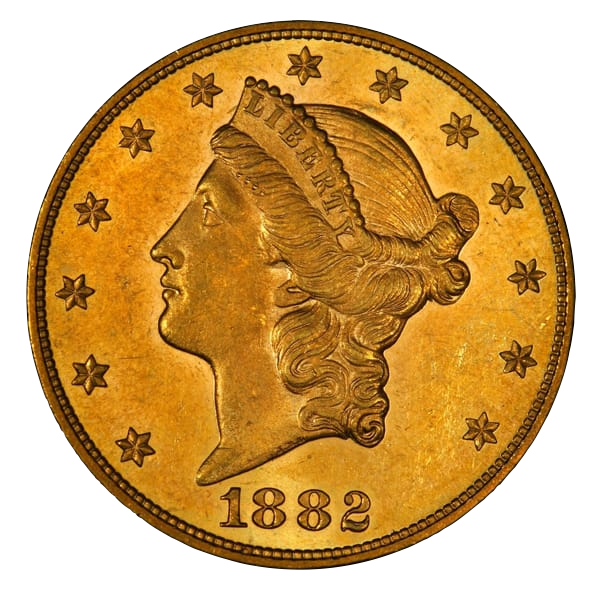
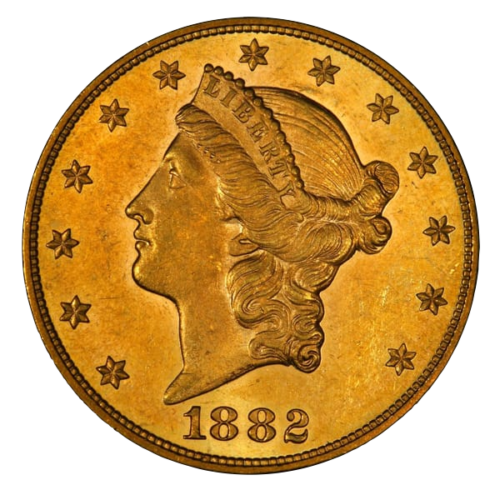
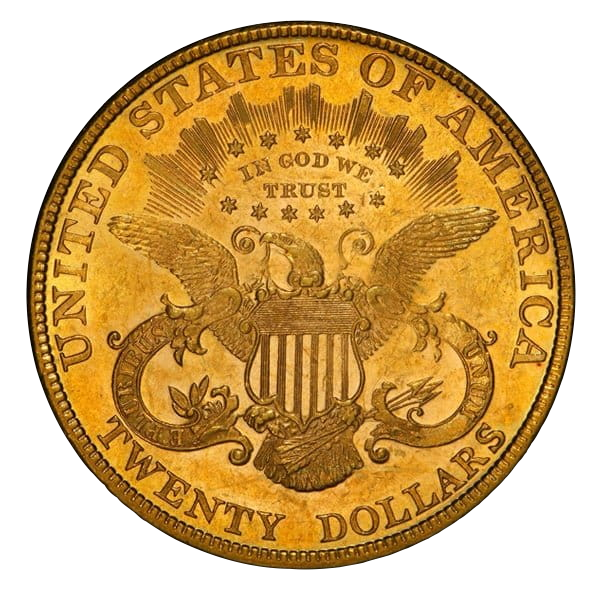
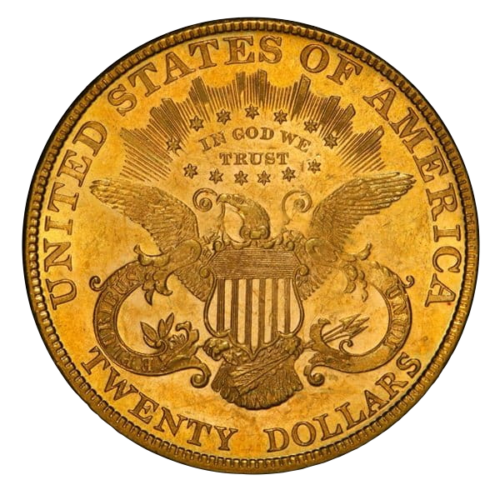
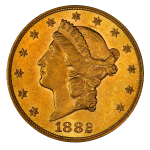
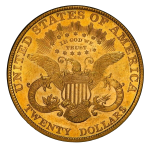
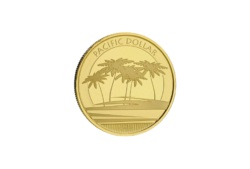
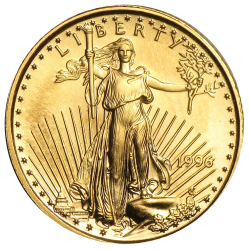
Reviews
There are no reviews yet.